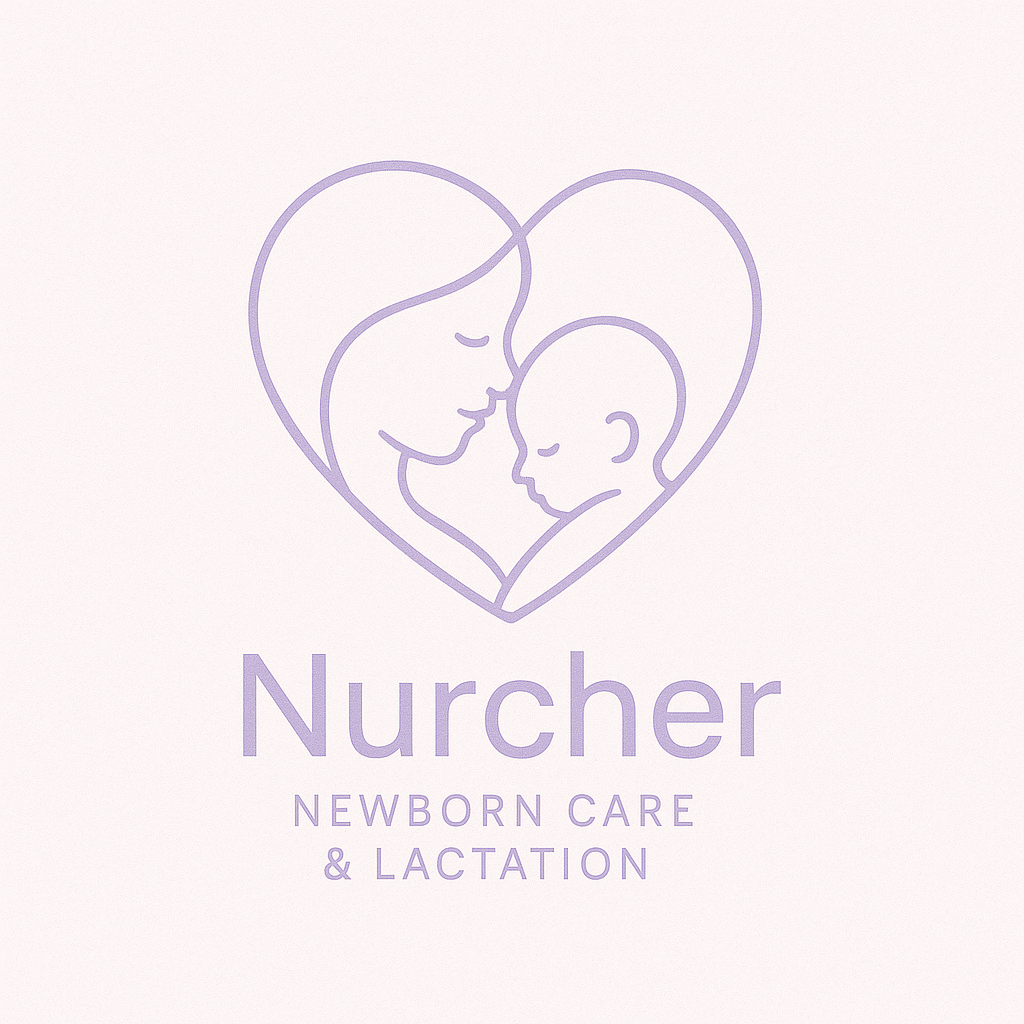Before Baby Arrives: Gentle Steps to Prepare for Breastfeeding Before Birth
Note: The information in this guide is for educational purposes only and is not medical advice. Always check with your healthcare provider before making decisions about your health or feeding journey.
Why Prepare Before Baby Arrives?
Breastfeeding is natural, but it’s also a skill—for you and your baby. Preparing ahead can ease the learning curve and boost your confidence, whether it’s your first baby or your fifth. A little planning can go a long way in setting the stage for a positive feeding experience.
Mindset Shifts That Help
Be kind to yourself. Breastfeeding is a learning process, not a pass/fail test. It’s okay to need support.
Make room for flexibility. Your baby may have their own plan—and that’s okay, too.
Trust your instincts. You are the expert on your baby. Support and information are helpful, but you know your baby best.
Learn the Basics Before Baby Arrives
Take a prenatal breastfeeding class. Look for one that aligns with your values and is led by a certified lactation consultant.
Read or listen to trusted sources. Choose evidence-based resources, and avoid doom-scrolling or unverified forums.
Understand the first hours and days. Early skin-to-skin, feeding cues, and normal newborn behavior are key parts of getting off to a good start.
Build Your Support Team
Choose a pediatrician or family provider who supports breastfeeding. Ask how they handle common challenges like weight checks or jaundice.
Line up lactation support. Know who you can call—a local IBCLC, postpartum doula, or lactation-friendly clinic.
Talk with your partner or support people. Let them know how they can help—like bringing you water, managing visitors, or learning about feeding alongside you.
Set Up Your Feeding Space
You don’t need a fancy setup, but creating a cozy corner can help you feel more comfortable:
A comfy seat with back and arm support
A water bottle, snacks, and burp cloths nearby
Nightlight or soft lighting for middle-of-the-night feeds
Pillows or a nursing support pillow if it feels helpful
Pack Your Postpartum Toolkit
Nursing bras or tanks
Breast pads (reusable or disposable)
Nipple balm or lanolin
Haakaa or manual pump (optional, but handy for collecting leaks or easing engorgement)
A list of lactation support contacts (including who’s available weekends or virtually)
Know What’s Normal vs When to Reach Out
Learning what’s expected helps take the guesswork out of early feeding:
Normal:
✔️ Cluster feeding
✔️ Frequent feeds (8–12+ times/day)
✔️ Leaky breasts or strong letdowns
✔️ Some discomfort while latching in the early days
When to ask for help:
🚩 Pain that doesn’t improve
🚩 Baby seems sleepy at the breast and isn’t feeding well
🚩 Low diaper output or poor weight gain
🚩 You feel overwhelmed, unsure, or anxious—support is here for you, too
Final Thoughts
Breastfeeding doesn’t have to be all or nothing. Every feed is a relationship, not a measure of success. Preparing now means you’re already doing the best thing: caring deeply about what’s right for your family.
You’ve got this—and you don’t have to do it alone.


